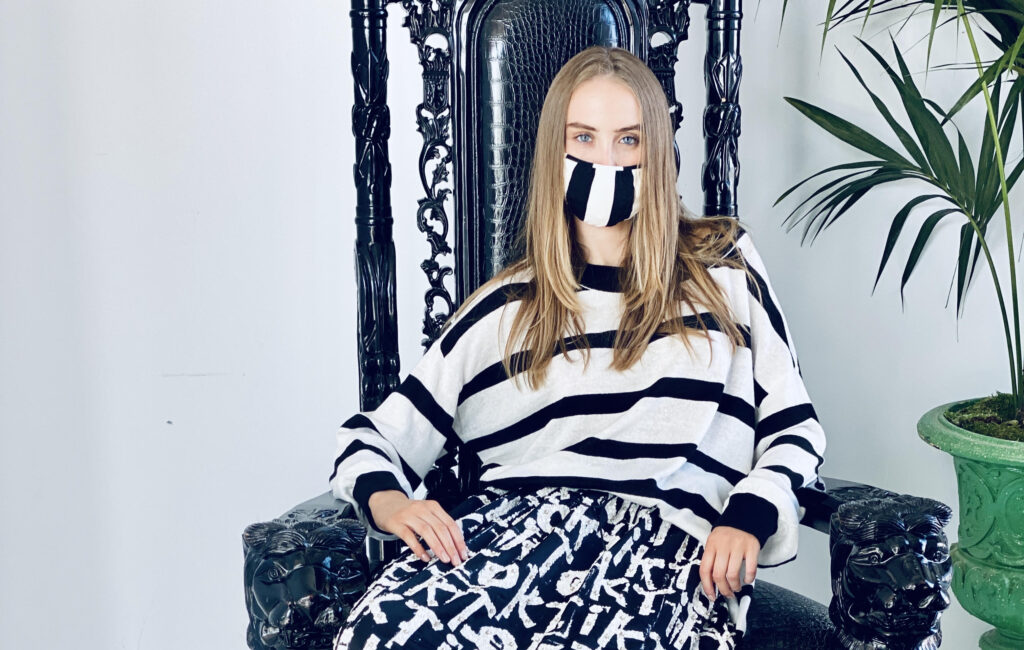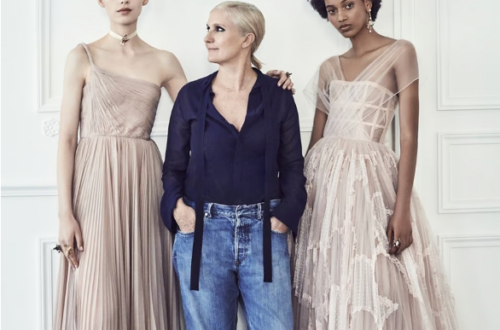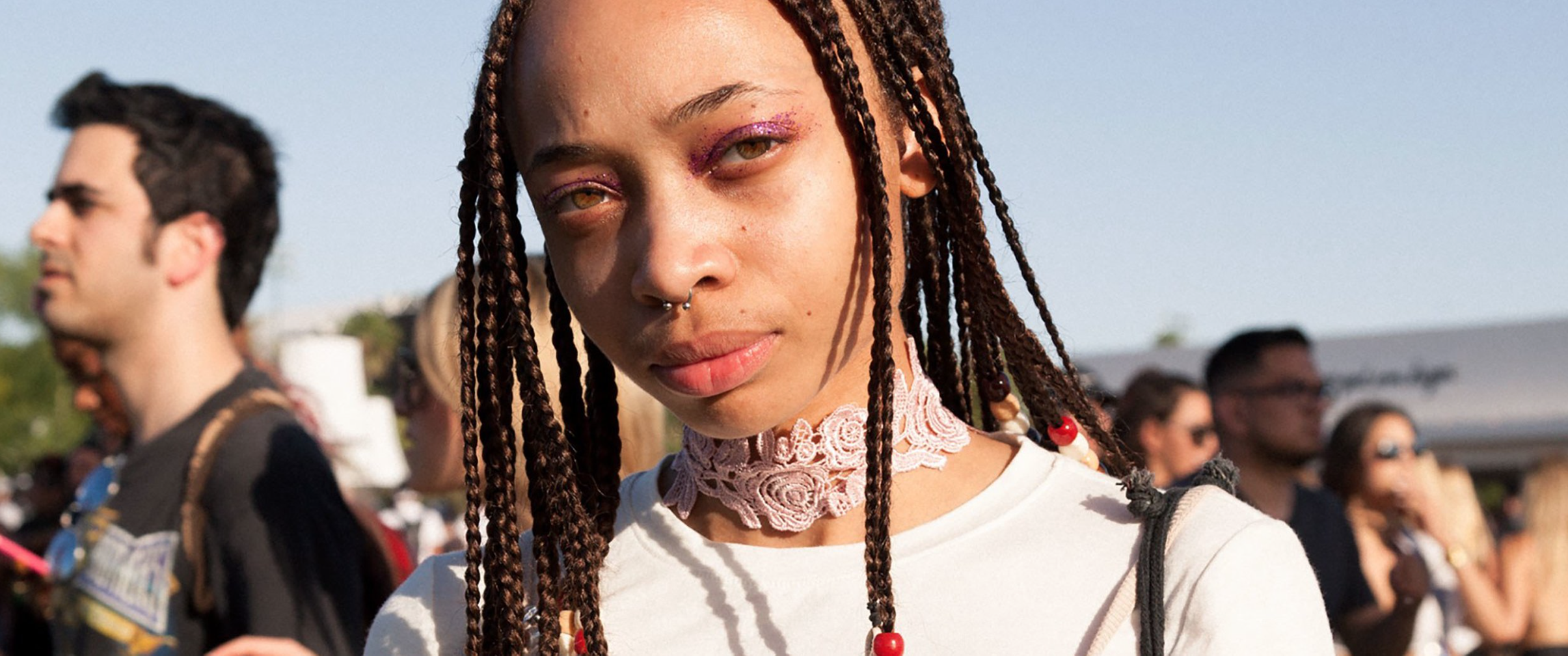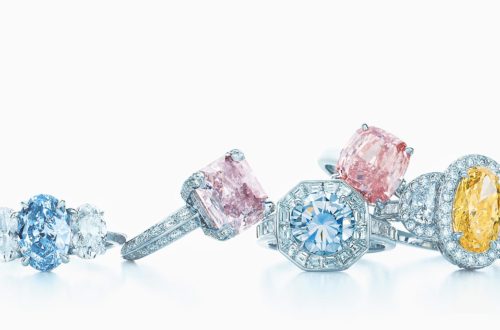
The Chinese video-sharing social network TikTok has seen a tremendous 92% increase in downloads in the last year: the platform jumped from 157M users worldwide in Q2 of 2019 to 301M in the same quarter of 2020. Moreover, around 75% of these users are active on a daily basis, and 40% of them are aged between 16 and 24.
The newest social media seems to be a great opportunity for luxury brands to target Generation Z, who is more dynamic on TikTok than on any other social network. Yet, its unique peculiarities make it difficult for high-end maisons to thoroughly understand how to engage with their audience and make good use of TikTok’s algorithm.
The most recent successful TikTok campaign was sponsored by Moncler: the brand’s hashtag #MonclerBubbleUp attracted more than 5B views and involved some of the most influential people on the platform such as Charlie D’Amelio, the most followed user with more than 100M followers, along with Bella Poarch, Michael Lee and many others.
But what made the ‘Bubble Up’ challenge so effective? A few factors played a key role in the success of the campaign. Firstly, Moncler did not use the same communication strategy that it had on other social networks: the high-fashion editorial videos which appeal to Instagram and Facebook users seem to be ineffective on an interactive platform such as TikTok, which requires tailor-made and more spontaneous contents in order to be credible.
In fact, the brand opted for a format that could be easily reproduced by users wanting to take part in the challenge. Hence, all the sponsored videos under the #MonclerBubbleUp hashtag used the ‘Bubble’ song, sung by rappers 24HRS and Ty Dolla $ign who have a large following among Gen Z and helped Moncler to communicate an idea of ‘in-style’ and cool products, which can fit the youngest generation.
Moreover, the videos consisted in a quick transition during which the influencers changed into a Moncler coat. This allowed the audience not only to have fun in remaking similar videos, but also to have a taste of the brand’s latest collection items.
Adding to this, the already huge audience of the sponsored influencers helped the brand to obtain a worldwide visibility, and the fact that influencers were left free to express their creativity in the challenge allowed the challenge itself to obtain an image of authenticity – which is one of the main traits of videos on TikTok – instead of only looking like a paid commercial.
Indeed, one of the main reasons why luxury brands have been lagging behind on the platform is the lack of spontaneity: professional editorials and commercials do not succeed in making the public engage with the brand and establish a relationship with the brand’s image. Instead, they convey the idea of untouchable, high-end products, leading to a lack of attention from the youngest.
At the same time, more accessible brands such as Fashion Nova seem to be having a huge success thanks to their communication strategy: rather than sponsoring campaigns with professional models, they are using TikTok to repost the content created by their followers, for instance outfit ideas created with their products. In this way, the public feels encouraged to take these contents as an inspiration and is more likely to make a purchase.
Of course, luxury brands still need to preserve their scent of exclusivity, and what has worked for fast fashion cannot be copied and pasted on Louis Vuitton, Gucci and Prada, but it is undoubtable that high-end maisons should not underestimate the potential of TikTok, considering in particular the in-store retail crisis caused by the lockdowns of 2020. In fact, since physical stores are now more then ever hard to visit, it is important that the luxury sector invests in a solid online omnichannel presence, in order to energize and revive the connection with their customers. Moreover, TikTok seems to be the perfect platform to target a new, young generation, which is digital native and most susceptible to the clout of influencers.
by Annamaria Danesi






